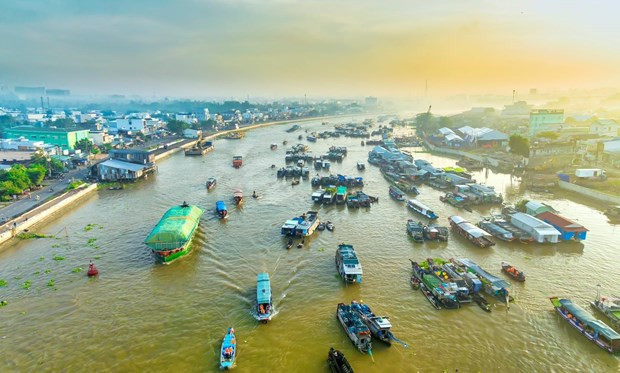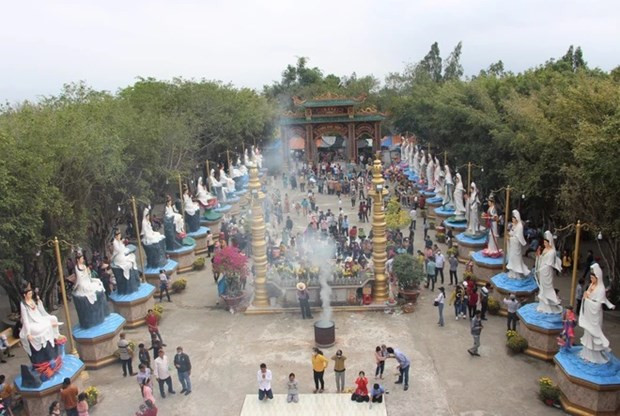
These include tourist complexes, lodging facilities, cultural-historical relics, architectural structures, public works, national parks, and traditional craft establishments catering to tourist.
To be recognised, tourism complexes must offer at least 10 types of products and services while cultural-historical relics, public works, architectural structures, national parks, ecological gardens must meet the criterion of hosting 40,000 visitors or more. To contribute to responsible tourism development and generate sustainable livelihoods for local communities, they also need to have a local labour rate of at least 50%.
Tran Thi Lan Phuong, Director of the Department of Culture, Sports and Tourism of Bac Lieu, said the province boasts 11 recognised destinations, the highest number in the region. These include iconic spots such as the Temple of Ho Chi Minh, Ho Nam ecological tourism area, the memorial site for southern amateur music and musician Cao Van Lau, Hung Vuong Square, House of Bac Lieu Dude, artificial beach in Nha Mat tourism area, Bac Lieu restaurants and hotels, Quan Am Buddha pagoda, Bac Lieu wind power plant, Xiem Can pagoda and Noc Nang relic site.

This year, Bac Lieu expects to draw about 4.2 million domestic and foreign visitors, with a significant number of them heading to these classic destinations, she added.
Tran Viet Phuong, Chairman of the Mekong Delta Tourism Association, said the destinations were surveyed and selected every three years, allowing travellers to easily choose safe, hospitable, and quality places to visit, thereby helping develop the regional tourism brand./.VNA